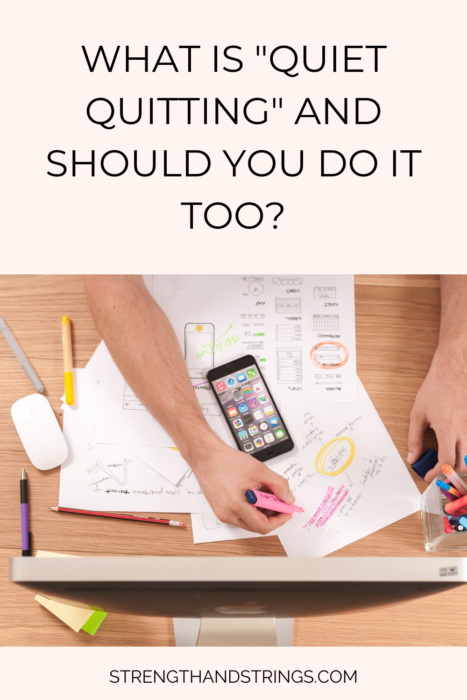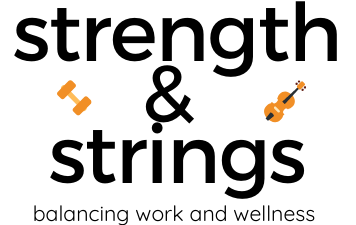
What is “quiet quitting” and should you do it too?
“Quiet quitting” is the new viral trend on TikTok.
For starters, it has nothing to with actually quitting your job.
Depending on who you speak to, it is a little confusing to determine if the trend is beneficial or harmful.
Some believe the practice is how work should be. Others think that it means doing the bare minimum to get by at work. Others interpret the term as a “misnomer” for boundaries.
If you have followed me for a while, you know that I have experienced severe burnout from working during the pandemic and advocate developing work-life balance and, creating boundaries and practicing self-care.
The pandemic dramatically changed the workplace. Depending on your occupation, people had different experiences that affected how they view work and what is required of them. It also caused people to reconsider how work fits into their daily lives. The Great Resignation is an example of this.
Is “quiet quitting” a trend we should follow and incorporate into our workday or ignore?
What is “quiet quitting?”
According to the original viral TikTok video creator @zaidleppelin, “quiet quitting” is defined as “not outright quitting your job, but you’re quitting the idea of going above and beyond. You are still performing your duties, but you are no longer subscribing to the hustle culture mentally that work has to be our life.”
Honestly, the term is vague and can be interpreted in multiple ways.
Based on what I have read on several websites (linked throughout the post), the definition and opinion on the term seems to depend on the person and their role at their workplace.
Many employees interpret the trend as doing your job as required, but not accepting additional work without compensation.
However, some employers and managers have interpreted the trend as reason to be “passive aggressive” and lazy. One CEO even went as far as to say “Quiet quitting isn’t just about quitting on a job, it’s a step toward quitting on life.”
One source describes “quiet quitting” as low motivation and disengagement.
Should you try “quiet quitting?”
Well, it depends.
If you are feeling overworked or suffering from burn out, it may be worth a try to give yourself an opportunity to take a step back to create boundaries and improve your work-life balance.
Personally, I made a conscious decision to be more discerning about accepting additional responsibility after my experiences with burnout last year.
In some cases, it may be challenging or detrimental to engage in “quiet quitting” based on their profession, race or gender.
However, if you are considering this trend in order to be passive-aggressive or petty toward your co-workers or superiors, you may need to improve your workplace relations or seek employment elsewhere.
A note to employers and other management
If you believe that your employees are engaging in “quiet quitting”, consider a few things:
- Are they being recognized for their work?
- Do you ask for them to complete additional tasks or take on extra responsibility without compensation?
- Are they clearly overwhelmed or stressed by their workload?
- Do you require employees to respond to or complete non-urgent matters outside of the workday?
If this is the case, you or your company may need to reevaluate its policies and practices. Also considering surveying your employees outside of evaluations.
Summary
“Quiet quitting” is a new workplace trend from TikTok.
Some people may benefit like individuals who feel overworked or suffering from burn out.
A majority of people most likely will not benefit from this trend. However, it may have you reconsider your workplace boundaries and current work-life balance.
Will you try “quiet quitting?” Let me know in the comments!






